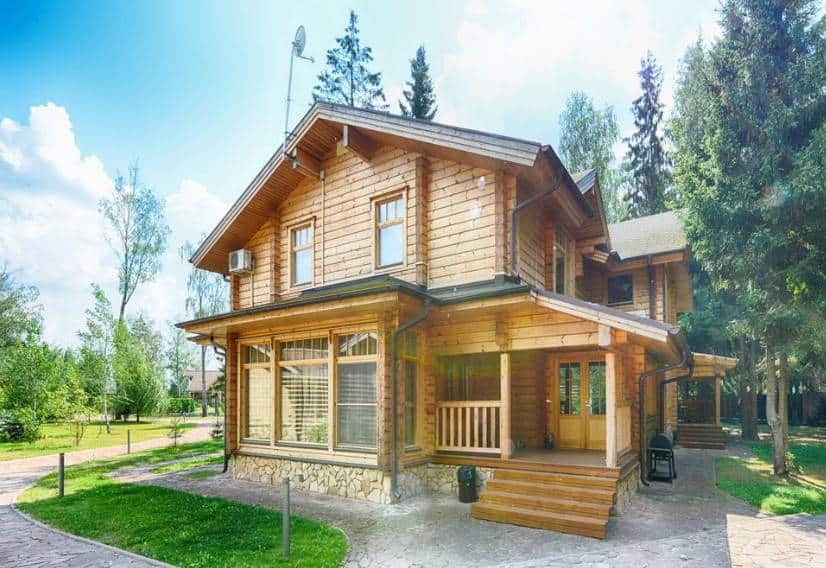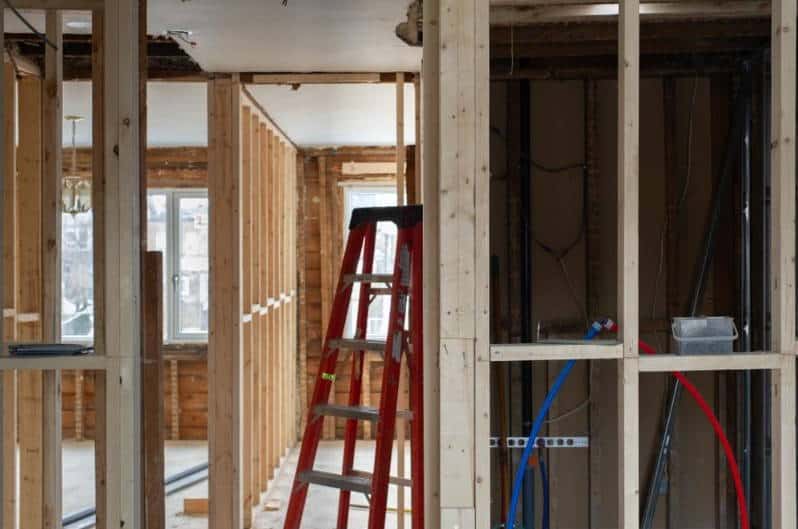Types of Wood

We use wood for many types of structures and building elements from doors and window frames to the stick frames we use for timber-frame houses.
Even bricks-and-mortar houses often have a lot of wood incorporated in the structure. Wood can even be used for large buildings taller than six stories.
But an essential factor is that the types of wood used for construction must be sustainable to ensure there is a minimal negative impact on the environment.
This means that forests must be managed in a sustainable manner so that the wood is renewable, and the forests themselves can absorb damaging carbon dioxide emissions.
What Types of Wood Are Sustainable?
In a nutshell, sustainable types of wood are produced sustainably so that the forests literally continue to produce new wood. Simplistically, new seedlings are planted more quickly than trees are removed.
One way to know that wood has been sourced sustainably is to use wood that has been certified, for instance by the longstanding Forest Stewardship Council (FSC) founded in Denmark, the Program for the Endorsement of Forest Certification (PEFC), or any other legitimate certification program like the Sustainable Forestry Initiative Program, the Program for the Endorsement of Forest Certification, the American Tree Farm System, or the Canadian Standards Association.
But it isn’t even that simple since even timber that comes from sustainable forests often requires a large amount of energy for drying and processing, which are not necessarily energy-efficient procedures.
Another means is to opt for wood that has been reclaimed from old structures. This keeps waste wood out of landfills and adds to sustainability.
Of course, some species are more sustainable than others.
Sustainable Wood Species
There are two basic types of wood: softwood, and hardwood.
Softwood, which is cut from coniferous trees, isn’t necessarily any softer than hardwoods, but it is generally less expensive and is often used for mass-produced furniture and for structural timbers. Pine, including Oregon pine, is probably the best-known type.
Hardwoods are cut from broad-leafed deciduous tree species including mahogany, oak, cherry, and teak, all of which are commonly used in the building industry.
They are generally more expensive than softwoods and are often more difficult to work with (but not because of the name).
In building projects, designers, architects, and quite often those professionals offering engineering solutions in Chicago, New York, Washington, or wherever it is the client lives, will specify the best sustainable types of wood for the project. Sometimes the client might be the one who has particular demands.
Many exotic wood types, including rosewood and teak, are highly desirable for aesthetic reasons.
But if they are considered sustainable you can be sure they will be more expensive, simply because it takes time and money to ensure forests regenerate.
Some more common sustainable species include:
- Pine (above), which is a softwood that grows relatively fast. This means that forests can be replenished more quickly. It is one of the best types of wood for construction and is often used to make furniture.
- Oak, which takes longer to regrow than pine, but is grown commercially in sustainable forests. A light-hued hardwood, it is more commonly used for flooring, cabinetry, and furniture than for construction.
- White ash from North America that is durable and flexible and popular for furniture.
Maple, also commonly grown in North America, which is often used for flooring, stair treads, and furniture. - Mahogany, which is also popular for furniture. FSC-certified mahogany comes from several different countries including both south and central America, as well as Africa, and Asia.
Black Cherry from North America that is commonly used for doors, cabinets, furniture, and even veneer. - Bamboo, while not a wood as such, is an increasingly popular alternative for eco-friendly hardwood flooring. Interestingly, it regenerates much faster than the typical trees we get wood from.
For instance, an oak tree will grow about one foot in a year while there are bamboo species that grow as much as 50 feet in only 18 months!
When it comes to sustainability, if bamboo is used in place of wood, the important factors are that it must be produced in an environmentally friendly environment and harvested correctly without workers or the environment suffering ill-health or harm.
If you are the one choosing which types of wood to use, do the right thing and make sure it is sustainable so that your building project will be sustainable too.

